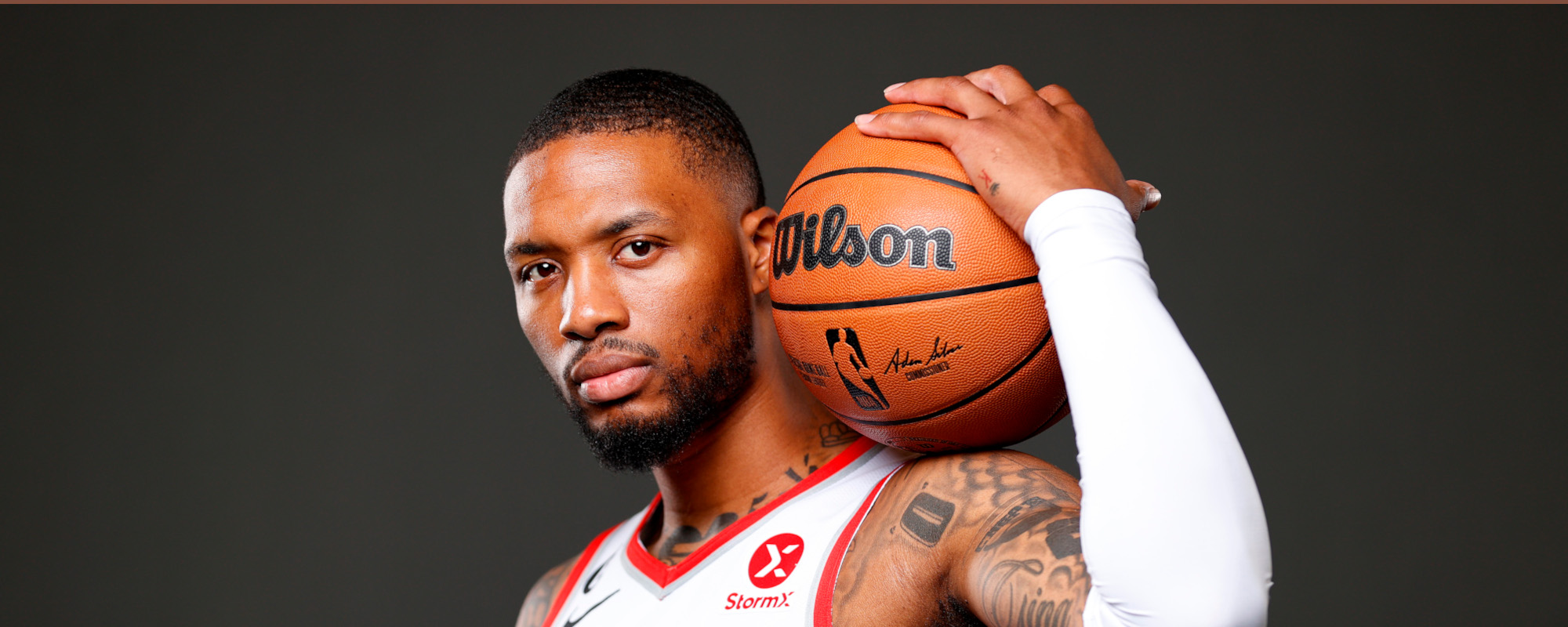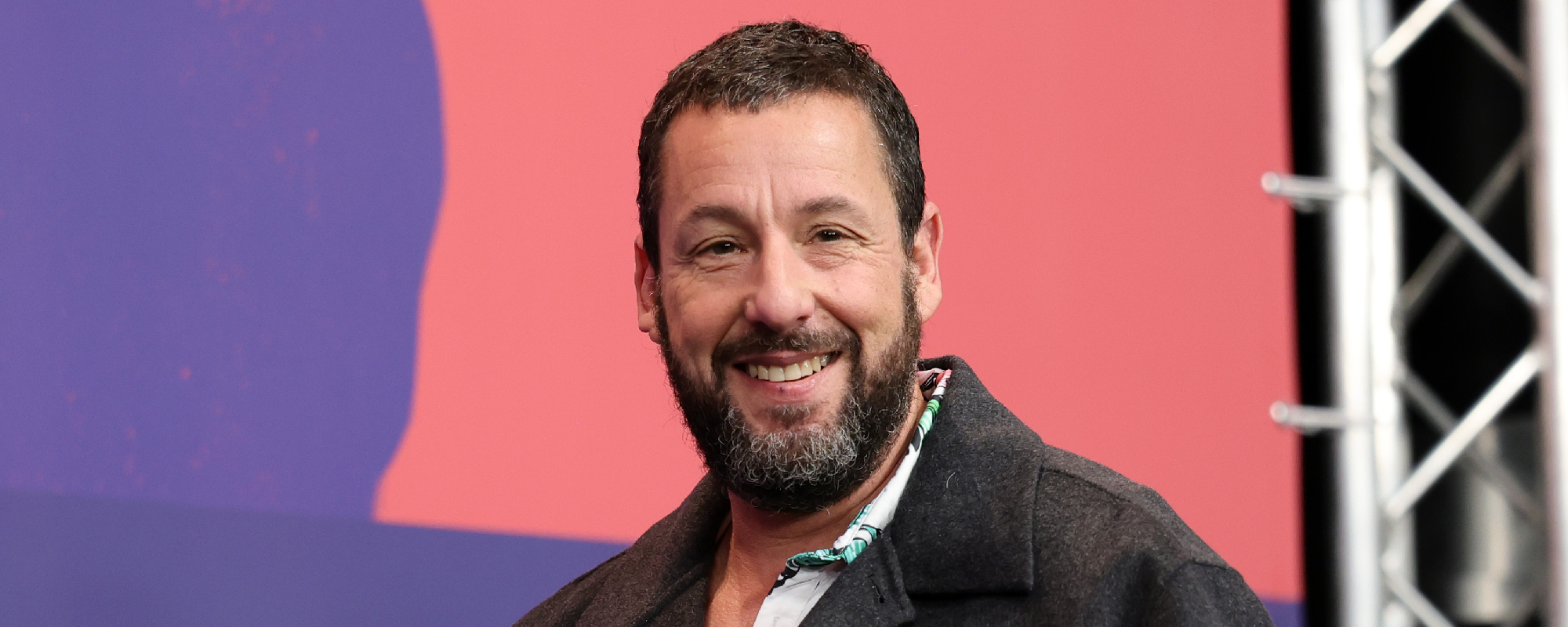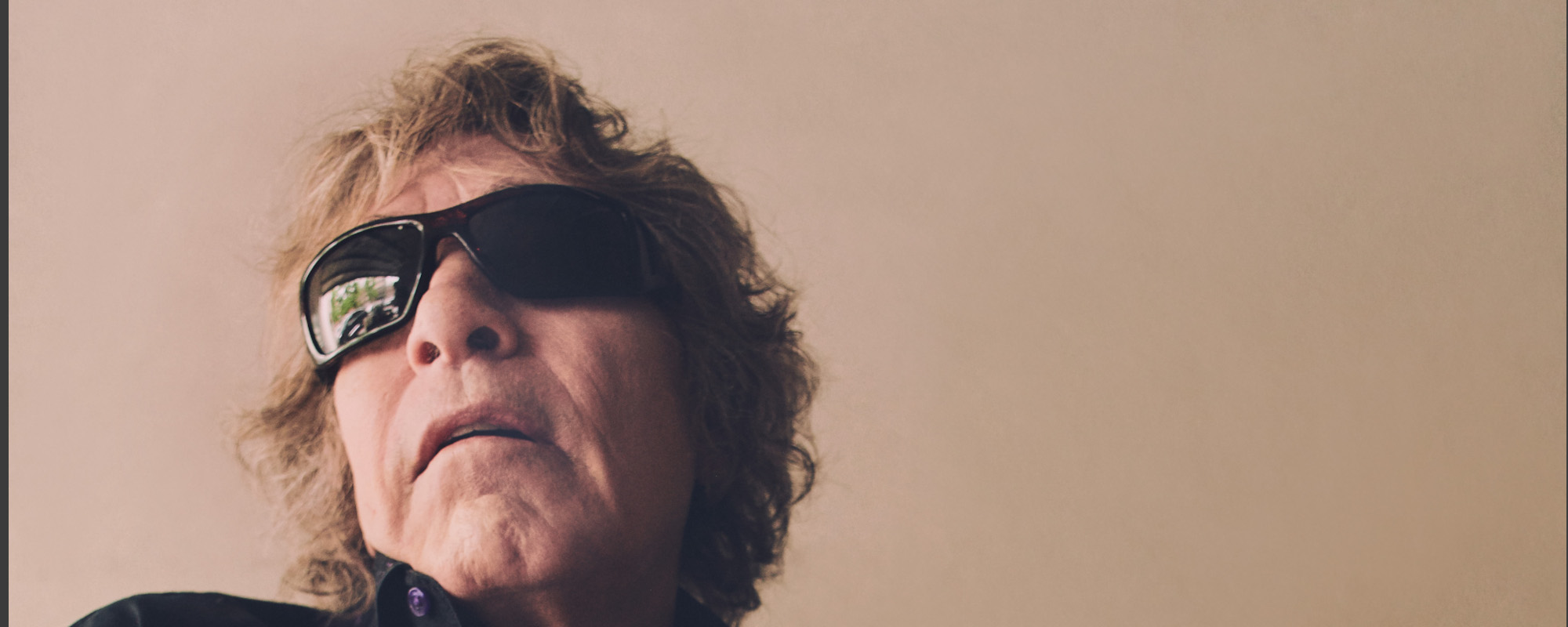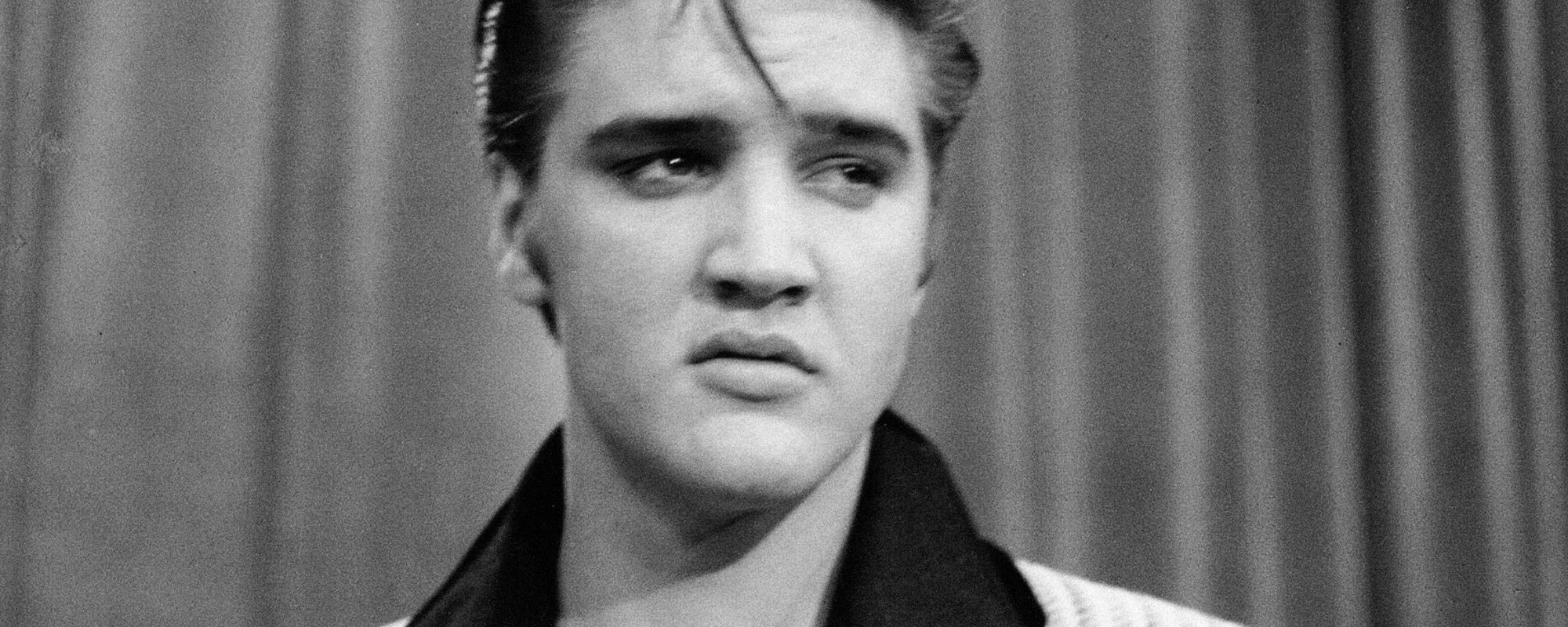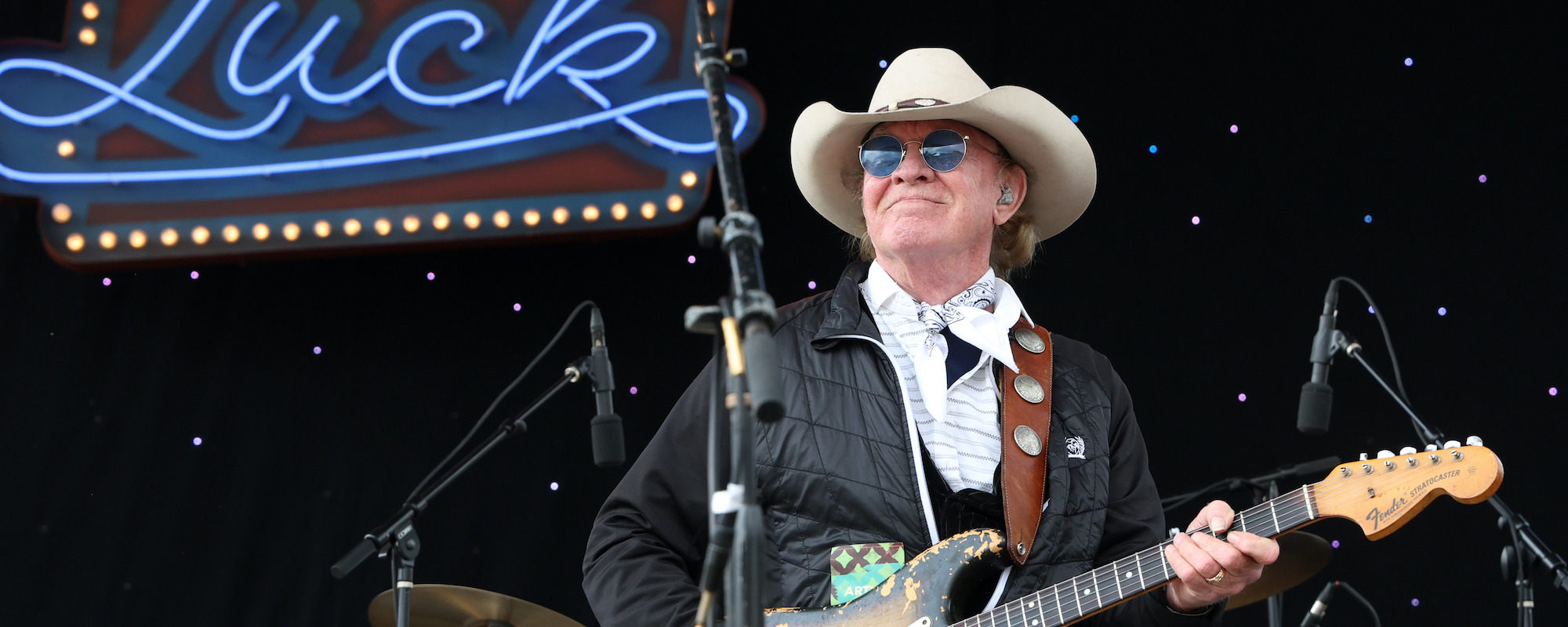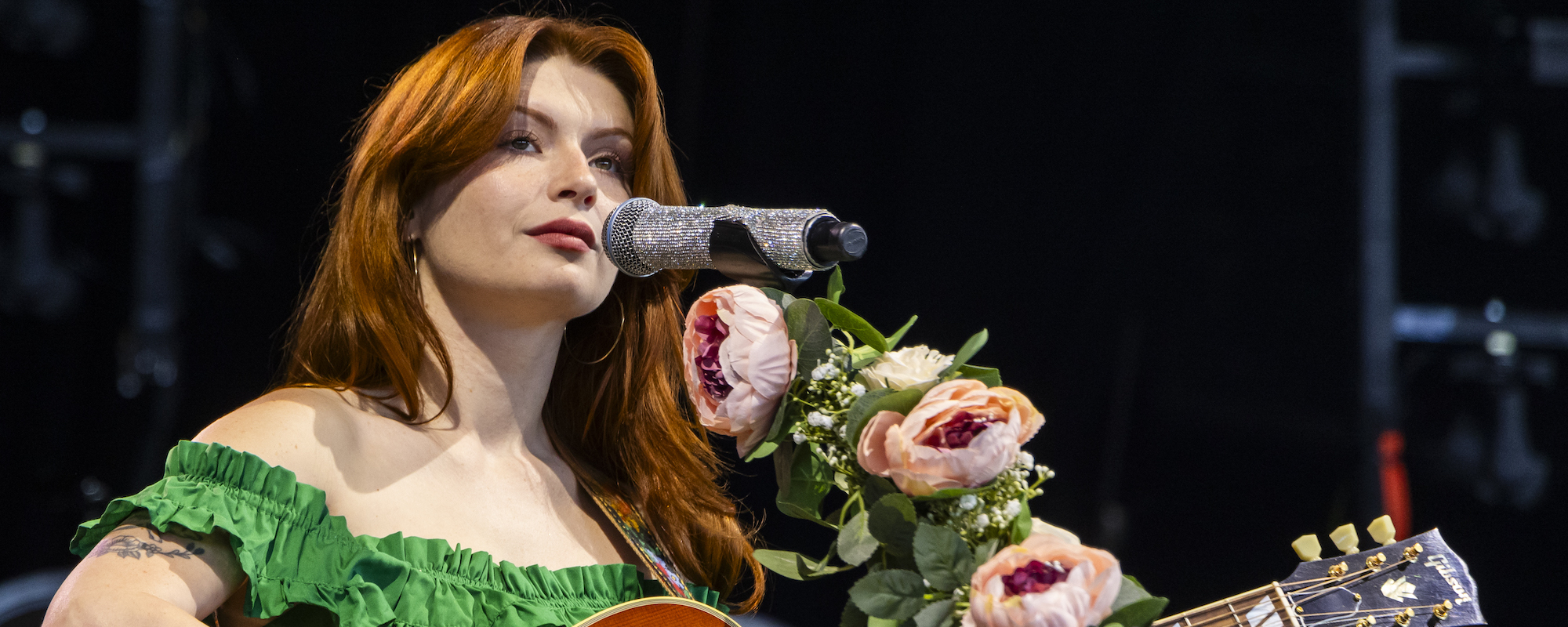the intro.
Videos by American Songwriter
Once upon a Southwest return flight from the Key West Songwriters Festival in 2009, I sat next to a stranger. She nervously stared out the window as we waited on the tarmac until her anxiety blurted out her name and declared that she was “afraid to fly.” I was by no means a veteran traveler, but somehow, in that middle seat on that late-night flight, I became the calmest and chattiest version of myself. For those few hours skimming over the Gulf of Mexico, we talked about how we met our husbands and what music we were listening to and how we became songwriters. Her first record deal. Getting dropped from her first record deal. Had we been mothers at that time, we would’ve surely taken a camera roll tour of our kids. But it was something about being at 30,000 feet that made us both see each other’s lives from a bird’s eye view. And to this day, she says that I co-piloted that flight for her. The next thing I knew, we had exchanged phone numbers and were hugging goodbye at the baggage claim in BNA.
The girl in the window seat was Natalie Hemby (“White Liar,” “Pontoon”). And I was a newly signed, cutless Warner Chappell writer. Unbeknownst to us, we were actually laying the foundation to eventually co-write what would be the 2015 ACM Song of the Year six years later. And it makes sense because the intros to my most successful songs are all about five years long.
[RELATED: Songwriter’s Column: Nicolle Galyon Answers the 5 Questions She’s Most Frequently Asked]
I recently googled the average length of the intro on a country song, and while I came up with no answers, I can tell you from years of experience that it’s generally under twenty seconds before that first lyric hits. Any longer, and the label will ask for a radio edit anyway. But to me, the real intro of the song is the long, slow crescendo of life that happens long before anyone plays a note. It is the drunken night out at Loser’s a week before a co-write that brings in a hungover story about bar drama. It is the whisper of a toddler at bedtime saying words backward that somehow turns into a hook. It is ending up in the middle seat next to a girl afraid to fly. These are all preludes to the actual song. When I look back on my career thus far, I see how maybe it wasn’t songwriting talents as much as depth of relationship that set the scene for the most impactful co-writes of my journey.
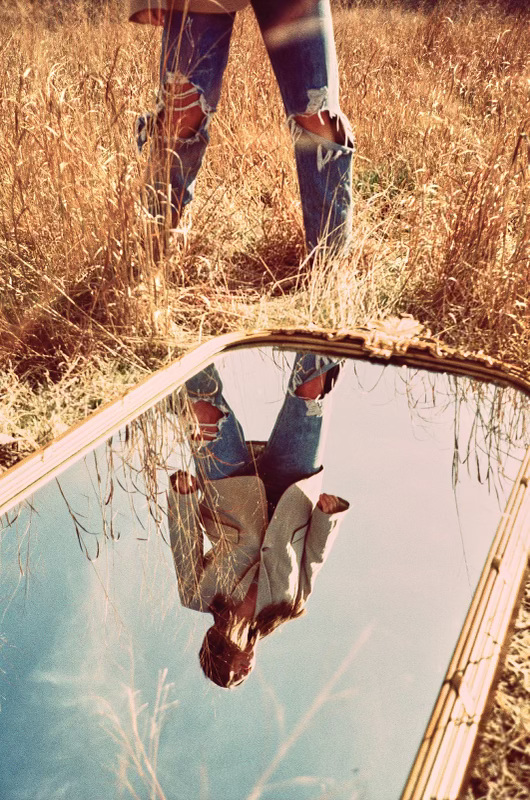
What followed that plane ride with Natalie was a conversation of friendship that lasted years before we ever even wrote a song. We would burn the midnight oil on the phone about the hardships of the music business, and eventually, some of those hardships became celebrations as I attended her very first No. 1 party for a song called “White Liar.” I remember watching her, wondering if I would ever know that feeling. She pointed out to me that a writer’s first No. 1 song can often be a low point for them because “no one teaches you how to have success.” I folded down the corner of that page of our conversation. I knew I’d need to come back and potentially address that one later.
In 2012, I still hadn’t gotten any cuts and, in a crazy twist of events, ended up on a TV show called The Voice, which has absolutely nothing to do with songwriting. I remember Natalie, who was having crazy success as a writer, calling me and telling me how proud she was of me and how Nashville was rooting for me. I was learning to trust fall my way into whatever opportunity I could find to keep momentum and keep learning, and I did it knowing that it might not look that cool to the cool kids of Music Row. But even still, somehow Natalie recognized my bravery and showed up for me. The plot was thickening, and I recruited a fellow Voice contestant, Raelynn, to start writing with Natalie and me. Through many of these songs, Miranda Lambert became aware of my writing.
So when I got the fateful call to write with Miranda Lambert and Natalie for the first time, Natalie and I stayed up on the phone the night before talking through titles, and, admittedly, she had the title “Automatic” already. She calmed my nerves and assured me I was equipped to be in the room the next day. Miranda Lambert is a very big deal. I guess all those years of friendship were the actual intro of the song “Automatic.” Because the day the song was written, there was already a space of safety, trust, and respect, so it’s no surprise that room changed my life. I walked in with a novel of conversation under my belt and walked out with a soon-to-be ACM Song of the Year.
[RELATED: Songwriter’s Column: Nicolle Galyon on Navigating the Road of Almosts (Exclusive)]
I guess when I look back at the songs I’m most proud of, it is often hard to tell if I’m most proud of the song built or the relationship built beforehand. This is not an isolated incident in my career. In the case of Dan + Shay’s “Tequila,” the tables were turned. My co-writer, Jordan Reynolds, had actually played violin in my wedding seven years prior, which sparked a similar long-lasting friendship. He was now the one calling me asking for advice on how to navigate a new publishing deal. That song – his first No. 1 – also went on to win ACM Song of the Year.
Now that time has passed, I’ve had a few years to reflect on the whys and hows of the few days that have changed my songwriting career the most—to which I would point out to any new writer that the co-writes don’t start the day you walk into the room. You can put a date of creation on a lyric sheet. But the truth is, some songs are being written for years before you actually write them. And every room (or, in my case, an airplane) you walk into might be the intro to the song that could change your life. It just might not be Automatic.
Photo by Claire Schaper




